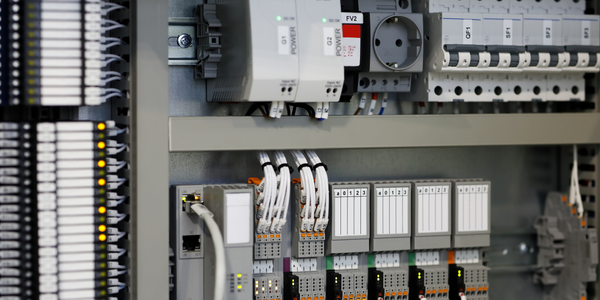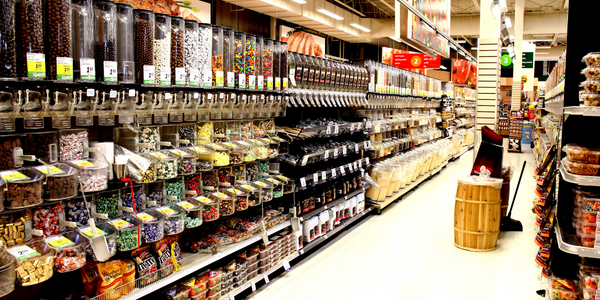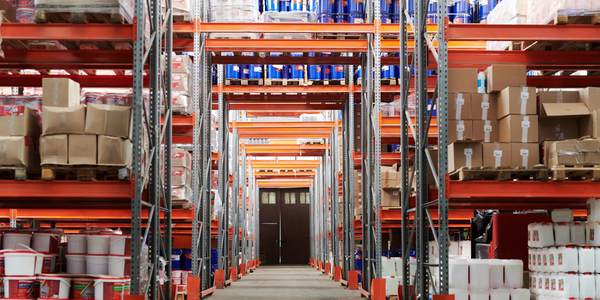公司规模
Large Corporate
地区
- America
国家
- United States
产品
- Apteligent Mobile Application Intelligence
技术栈
- Mobile Application Development
实施规模
- Enterprise-wide Deployment
影响指标
- Customer Satisfaction
- Productivity Improvements
技术
- 应用基础设施与中间件 - API 集成与管理
适用行业
- 零售
适用功能
- 销售与市场营销
- 商业运营
用例
- 零售店自动化
服务
- 软件设计与工程服务
关于客户
B&H Photo opened its original storefront in 1973 and has since grown from a small photography shop in Manhattan’s Financial District to a major supplier of photo, video, and audio equipment. The company has a reputation for its extensive inventory and intelligent conversation about photography. B&H has expanded to meet its customers’ needs with showrooms, classes, educational and social media, and more. The company has been a technology leader, offering online ordering and mobile applications since 2009. These mobile apps have been well embraced by the market, with more than 250,000 downloads per year, and mobile revenue growing substantially each year.
挑战
B&H Photo, a major supplier of photo, video, and audio equipment, has been a technology leader in the retail industry, offering online ordering and mobile applications since 2009. However, with the increasing importance of mobile users, the company faced challenges in maintaining the quality and performance of its mobile apps. Customers generally did not report app flaws and crashes, leaving the IT team operating in the dark. Certain key APIs were experiencing slow performance, but the exact cause of these issues was difficult to ascertain. This resulted in increased latency and potentially alienated customers. The company was dedicating crucial development talent to deciphering these app issues, instead of focusing on innovation and new features.
解决方案
To proactively untangle and correct these problems, B&H evaluated and implemented Mobile Application Intelligence from Apteligent. This solution provided a unified interface for crash and error monitoring, breadcrumbs technology, and proven scalability to support B&H’s massive user base. It also ensured clear ownership of data, mobile benchmarks, and a focus on mobile innovation and customer support. With Apteligent, B&H was able to track API performance and eliminate performance-draining bottlenecks. The technical team could interact with users in real-time to pinpoint issues, reducing the overall number of app failures.
运营影响
数量效益

Case Study missing?
Start adding your own!
Register with your work email and create a new case study profile for your business.
相关案例.

Case Study
Improving Production Line Efficiency with Ethernet Micro RTU Controller
Moxa was asked to provide a connectivity solution for one of the world's leading cosmetics companies. This multinational corporation, with retail presence in 130 countries, 23 global braches, and over 66,000 employees, sought to improve the efficiency of their production process by migrating from manual monitoring to an automatic productivity monitoring system. The production line was being monitored by ABB Real-TPI, a factory information system that offers data collection and analysis to improve plant efficiency. Due to software limitations, the customer needed an OPC server and a corresponding I/O solution to collect data from additional sensor devices for the Real-TPI system. The goal is to enable the factory information system to more thoroughly collect data from every corner of the production line. This will improve its ability to measure Overall Equipment Effectiveness (OEE) and translate into increased production efficiencies. System Requirements • Instant status updates while still consuming minimal bandwidth to relieve strain on limited factory networks • Interoperable with ABB Real-TPI • Small form factor appropriate for deployment where space is scarce • Remote software management and configuration to simplify operations

Case Study
Digital Retail Security Solutions
Sennco wanted to help its retail customers increase sales and profits by developing an innovative alarm system as opposed to conventional connected alarms that are permanently tethered to display products. These traditional security systems were cumbersome and intrusive to the customer shopping experience. Additionally, they provided no useful data or analytics.

Case Study
How Sirqul’s IoT Platform is Crafting Carrefour’s New In-Store Experiences
Carrefour Taiwan’s goal is to be completely digital by end of 2018. Out-dated manual methods for analysis and assumptions limited Carrefour’s ability to change the customer experience and were void of real-time decision-making capabilities. Rather than relying solely on sales data, assumptions, and disparate systems, Carrefour Taiwan’s CEO led an initiative to find a connected IoT solution that could give the team the ability to make real-time changes and more informed decisions. Prior to implementing, Carrefour struggled to address their conversion rates and did not have the proper insights into the customer decision-making process nor how to make an immediate impact without losing customer confidence.

Case Study
Ensures Cold Milk in Your Supermarket
As of 2014, AK-Centralen has over 1,500 Danish supermarkets equipped, and utilizes 16 operators, and is open 24 hours a day, 365 days a year. AK-Centralen needed the ability to monitor the cooling alarms from around the country, 24 hours a day, 365 days a year. Each and every time the door to a milk cooler or a freezer does not close properly, an alarm goes off on a computer screen in a control building in southwestern Odense. This type of alarm will go off approximately 140,000 times per year, equating to roughly 400 alarms in a 24-hour period. Should an alarm go off, then there is only a limited amount of time to act before dairy products or frozen pizza must be disposed of, and this type of waste can quickly start to cost a supermarket a great deal of money.

Case Study
Supermarket Energy Savings
The client had previously deployed a one-meter-per-store monitoring program. Given the manner in which energy consumption changes with external temperature, hour of the day, day of week and month of year, a single meter solution lacked the ability to detect the difference between a true problem and a changing store environment. Most importantly, a single meter solution could never identify root cause of energy consumption changes. This approach never reduced the number of truck-rolls or man-hours required to find and resolve issues.








